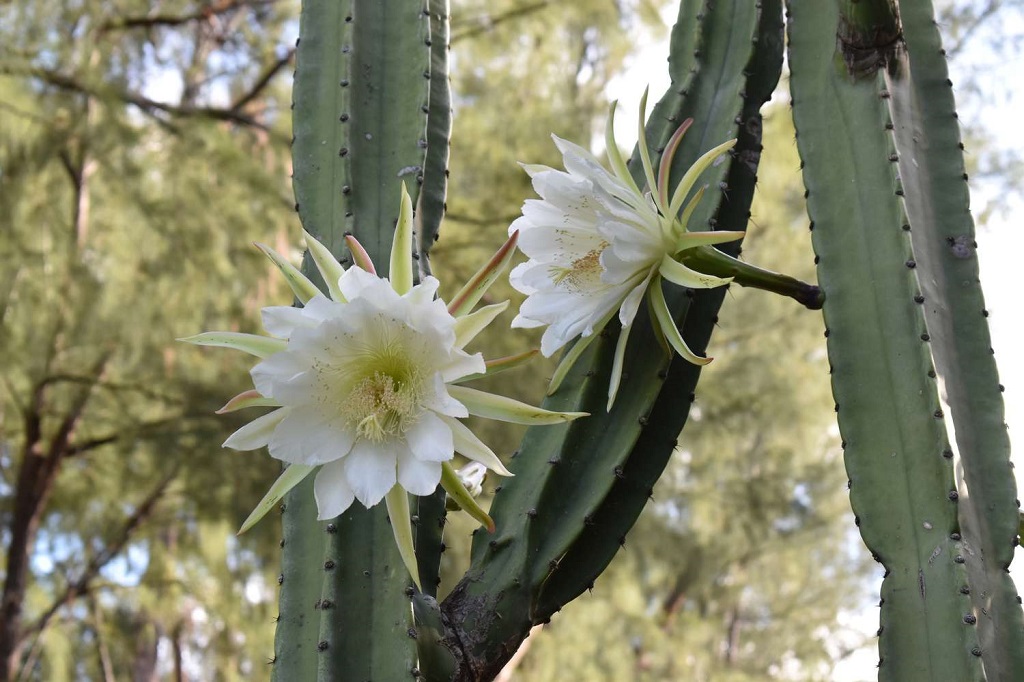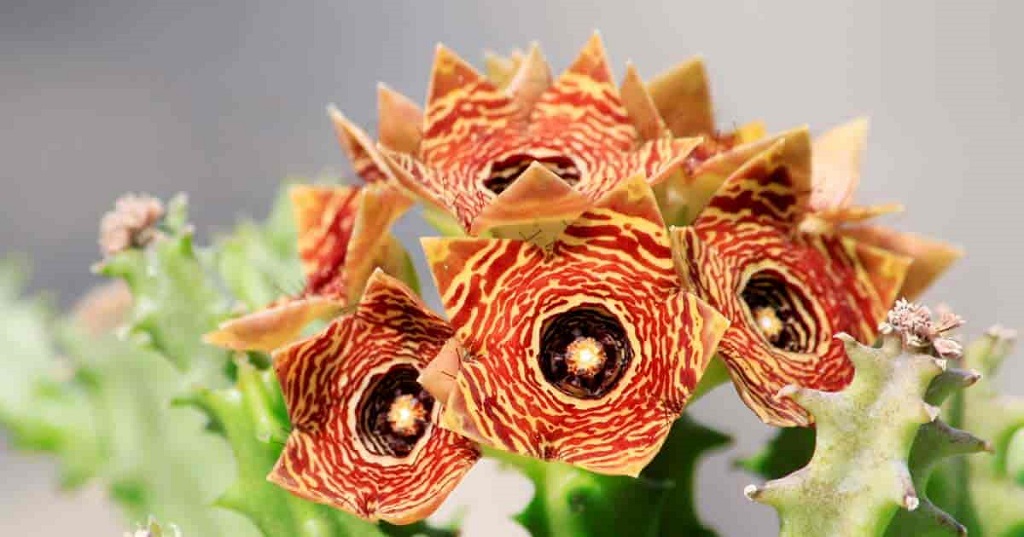Have you ever wondered if succulent flowers emit a pleasant fragrance? Succulents are known for their unique beauty and resilience, but when it comes to the scent of their blooms, there is a wide range of possibilities. In this article, we will delve into the topic of succulent flower fragrances and explore whether these captivating plants carry a delightful scent. So, let’s dive in and discover the aromatic world of succulent flowers!
The Variety of Succulent Flowers
Succulents encompass a diverse range of plant species, each with its own characteristics, including flower morphology and scent. Some types of succulents, such as Aloe vera and Echeveria, are popular for their vibrant and fragrant blooms, while others may have inconspicuous flowers with little or no scent. It is important to note that not all succulent flowers have a strong fragrance, but there are undoubtedly some delightful exceptions. For example, succulent yellow flowers can add a pop of color and cheerfulness to any garden or indoor space.
Fragrant Succulent Flowers
While not all succulents produce aromatic flowers, there are a few notable species that are known for their pleasant scents. Let’s take a closer look:
- Night-Blooming Cereus (Epiphyllum oxypetalum): Also known as the Queen of the Night, this succulent produces large, white flowers that open at night, emitting a rich, intoxicating fragrance. The scent attracts night pollinators such as moths and bats.
- Christmas Cactus (Schlumbergera spp.): This popular succulent often blooms during the holiday season, displaying vibrant flowers in shades of red, pink, or white. The flowers have a delicate, sweet scent that adds to their charm.
- Sedum Rubrotinctum (Jelly Bean Plant): This succulent bears small, yellow flowers that have a lovely honey-like fragrance. The scent is most pronounced when the flowers are in full bloom.
- Kalanchoe blossfeldiana (Flaming Katy): Known for its vibrant, long-lasting flowers in shades of red, pink, orange, or yellow, the Flaming Katy also carries a light, pleasant scent.
Non-Fragrant Succulent Flowers
On the other hand, there are succulent flowers that do not have a noticeable fragrance. Some of the commonly grown succulents that fall into this category include:
- Haworthia spp.: These succulents often produce small, star-shaped flowers that are generally unscented. While they may not contribute to the fragrance of your garden, their intricate patterns and unique forms are their main attraction.
- Agave spp.: Agaves are known for their dramatic rosette forms and sharp spines. Despite their impressive stature, their flowers are usually unscented or have a faint odor that is not easily detectable.
- Crassula spp.: While Crassula succulents are treasured for their fleshy, stacked leaves, their flowers are usually small and produce little to no fragrance.
Factors Influencing Succulent Flower Fragrance
Several factors contribute to the scent (or lack thereof) of succulent flowers:
Genetics and Evolution
The genetics of each succulent species play a significant role in determining whether their flowers produce a scent. Over time, plants have evolved distinct characteristics, including fragrance, to attract specific pollinators. Succulent species that rely on insects or animals for pollination often have more fragrant flowers.
Pollinators
The type of pollinators a succulent attracts can also influence its flower fragrance. Some plants produce scents that are particularly appealing to specific pollinators, such as nocturnal moths or bees. The fragrance serves as a signal to attract these animals, increasing the chances of successful pollination.
Flower Structure
The structure of a succulent flower can affect its fragrance. Some species have specialized structures to hold nectar, emit scent, or trap pollinators. These adaptations can enhance or diminish the scent produced by the flowers.
Environmental Factors
Environmental conditions, including temperature, humidity, and light, can impact the fragrance of succulent flowers. Cooler temperatures and increased humidity are known to enhance floral scents, while high temperatures may cause volatile compounds responsible for the fragrance to evaporate more quickly.
Appreciating Succulent Flowers Beyond Fragrance
While fragrance adds an extra dimension to the allure of succulent flowers, it is not the only factor to consider when appreciating their beauty. The vibrant colors, intriguing shapes, and intricate patterns found in succulent blooms can provide immense visual enjoyment.
Succulent flowers often create stunning focal points, whether in garden beds, container arrangements, or indoor displays. With their wide variety of shapes and colors, succulent blooms can be an excellent addition to any landscape or home decor, even without a pronounced fragrance.
Frequently Asked Questions (FAQs)
Here are some commonly asked questions about the fragrance of succulent flowers:
Q1: Are all succulent flowers fragrant?
No, not all succulent flowers have a noticeable fragrance. While some species produce scented blooms, others may have little to no scent.
Q2: Can succulent flowers have unpleasant odors?
Yes, some succulent flowers can have an unpleasant smell. For example, the Corpse Flower (Amorphophallus titanum) is known for its overpowering odor resembling rotting flesh, which is used to attract pollinators such as carrion beetles and flies.
Q3: How can I determine if a particular succulent flower has a fragrance?
To determine if a succulent flower has a fragrance, you can observe it closely to see if any scent is detectable. You can gently sniff the flower or wait for a pollinator to approach, as they are often attracted to scented blooms.
Q4: Can the same succulent species have different fragrances?
Yes, variations can occur within the same species. Factors such as sunlight exposure, environmental conditions, and individual genetics can contribute to scent variations within succulent species.
Q5: How can I enhance the fragrance of my scented succulent flowers?
To enhance the fragrance of your scented succulent flowers, you can provide optimal growing conditions, such as adequate sunlight, proper watering, and appropriate fertilization. Additionally, grouping scented succulents together can create an environment where the fragrances can mingle and become more noticeable.
Conclusion
Succulent flowers truly are a captivating wonder, showcasing an incredible array of shapes, colors, and fragrances. While not all succulent flowers possess a scent, certain species stand out for their pleasantly fragrant blossoms. Delving into the intricate factors that contribute to succulent flower fragrance, including genetics, pollinators, flower structure, and environmental conditions, can deepen your appreciation for these remarkable plants. Amid this exploration, it’s worth noting that, although not directly related, it’s important to understand how to care for your succulents in terms of potential challenges. For instance, if you’re wondering about challenges in your garden, you might ponder, what will kill sticker grass? Such considerations aside, the allure of succulent flowers—whether aromatic or not—undoubtedly enriches the beauty of any garden or indoor setting, allowing their visual splendor to captivate and delight your senses.



